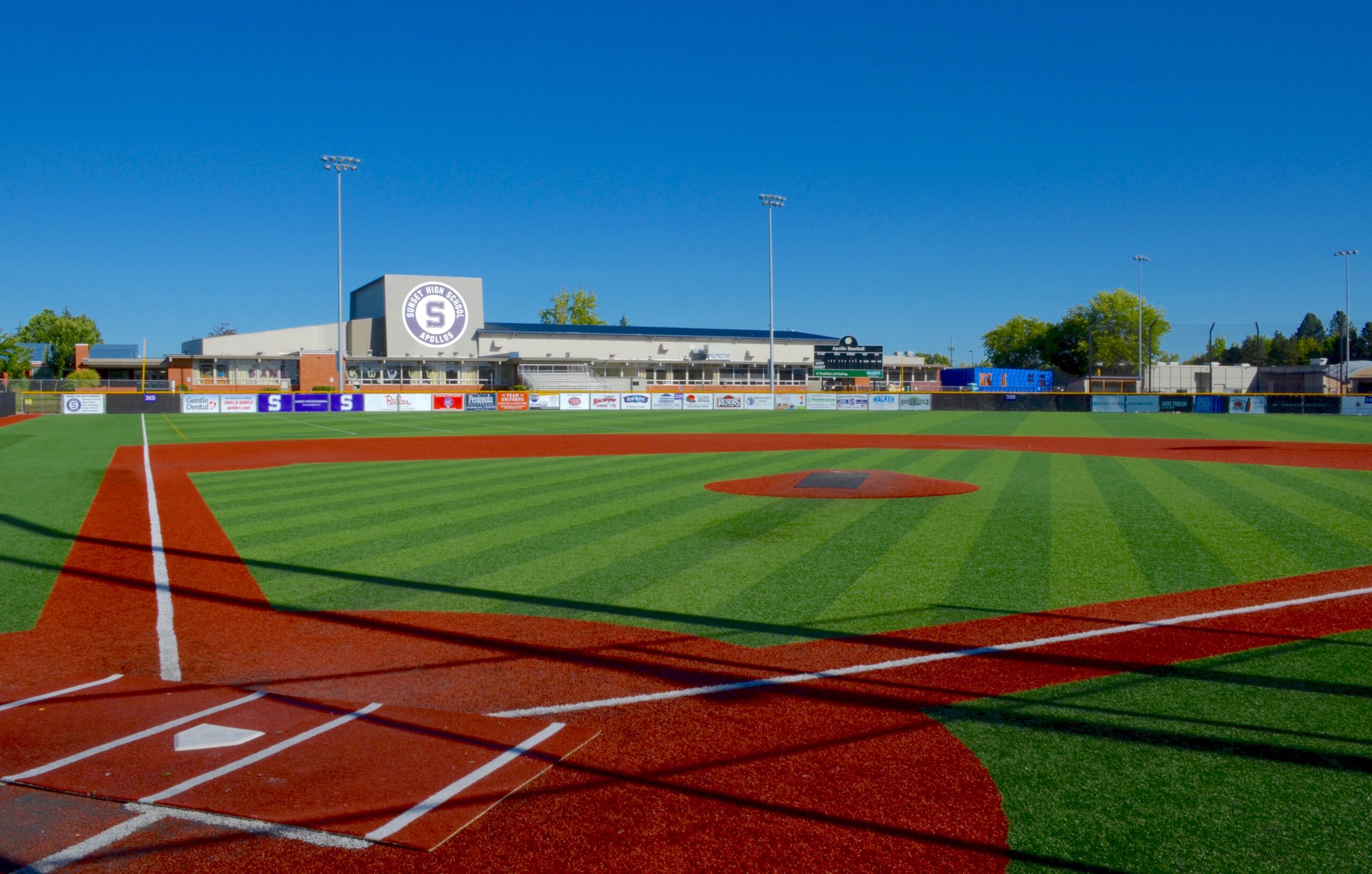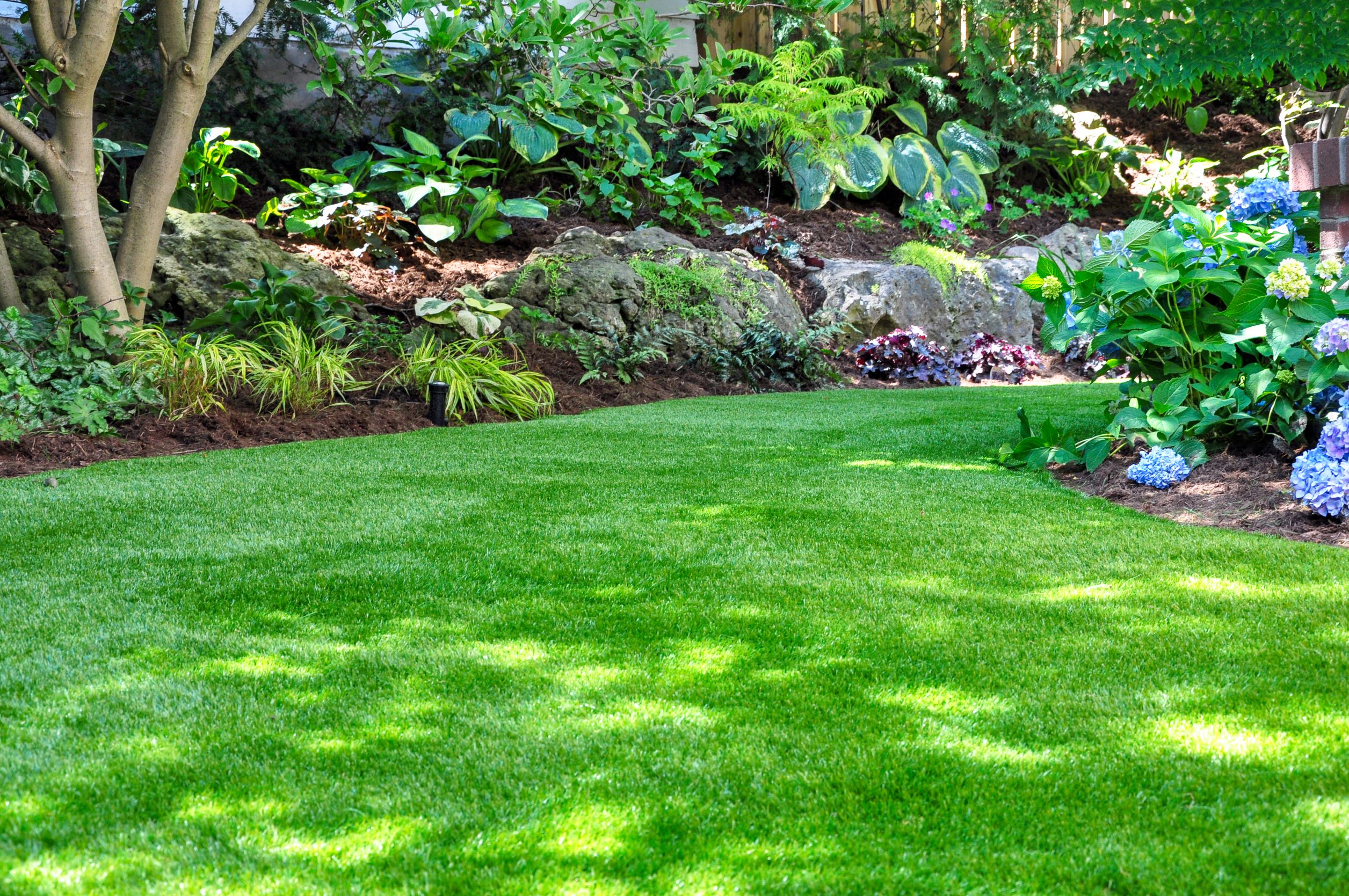
If the thought of an environmentally friendly lawn that needs no maintenance sounds appealing, you need to talk to Jason Kruse, associate professor of turfgrass management at the University of Florida.
Not only is artificial turf not environmentally friendly, but surface temperatures on it have been measured as high as 160 degrees, creating a heat island that will cause air conditioning bills to skyrocket – assuming the AC can even keep up with temperatures that high.
And while manufacturers claim that artificial grass systems are environmentally friendly, Kruse has a long list of why they should be avoided:
- They minimize stormwater infiltration necessary to recharge the aquifer and create a tremendous amount of runoff that may cause flooding that can overwhelm stormwater systems in an urban setting. “To help you understand where we’re coming from – they’re a petroleum-based product that is installed over a compacted surface,” Kruse said. “It’s literally as hard as a rock, which is exactly what you want under a residential installation for it to be successful in the long term.”
- Unlike natural grass, which removes nutrients from stormwater, it runs over synthetic turf with no filtering. Leaf litter, which breaks down in natural turf, also will become a pretty significant management problem, he said. Additionally, some studies show that contaminants like zinc, selenium, lead and cadmium can leech from synthetic turf and its backing. Finally, synthetic turf can become hydrophobic as it ages, further reducing infiltration and increasing pressure on stormwater systems.
- Weed control is going to be a problem as well. “Maybe not in the short term, but over time it will be a problem,” he said. “Seeds will blow in or come with wildlife, and ultimately you’re going to have to get those weeds out of the system.”
- Artificial turf may not need irrigation, but manufacturers recommend weekly wash downs to remove contaminants such as dust and pet waste. Antimicrobial cleaning products to sanitize pet waste will drain to a nearby stormwater system rather than infiltrating the compacted soil under the turf.
- Finally, artificial turf won’t last forever and will need to be disposed of in a landfill because the technology to separate plastic grass and backing isn’t fully developed.
 Along with unknowing customers in the garden aisles of big box stores, the use of artificial grass is attracting attention from bay managers concerned about using it for infill development instead of natural turf. Elected officials on the Tampa Bay Estuary Program’s policy board recently raised questions about artificial turf and its impact on stormwater, said Maya Burke, TBEP assistant director.
Along with unknowing customers in the garden aisles of big box stores, the use of artificial grass is attracting attention from bay managers concerned about using it for infill development instead of natural turf. Elected officials on the Tampa Bay Estuary Program’s policy board recently raised questions about artificial turf and its impact on stormwater, said Maya Burke, TBEP assistant director.
“Local governments are having to assess whether or not artificial turf is contributing to runoff or if there is actually an infiltration coefficient (that measures how quickly water enters the soil),” she said. “In most municipalities, I think what they’re looking for is guidance and research that could help them incorporate that information in their land development recommendations.”
The Agency on Bay Management, the environmental arm of the Tampa Bay Regional Planning Council, is planning a follow-through meeting with Kruse to potentially write model policies that could be adopted by cities and counties.
“I know that municipalities are looking for some input from experts on the best policies and practices for our cities,” said Woody Brown, mayor of Largo and co-chair of the ABM. “As a municipality, nobody has anything on the books now and we’re anxious to do something before it becomes an issue that we have to deal with retroactively.”
For more information on when the next ABM meeting will be scheduled, contact Alana Todd at alana@tbrpc.org.
Originally published October 2022
